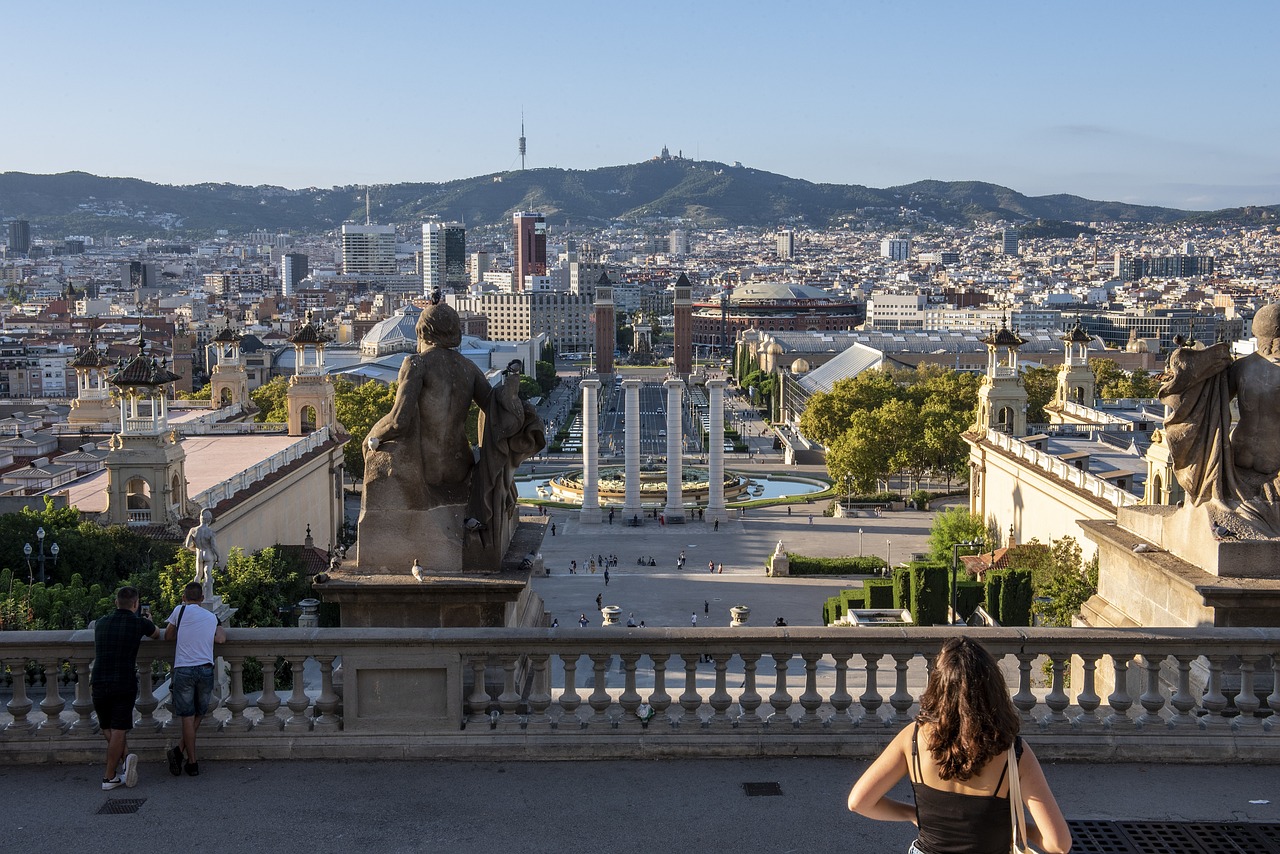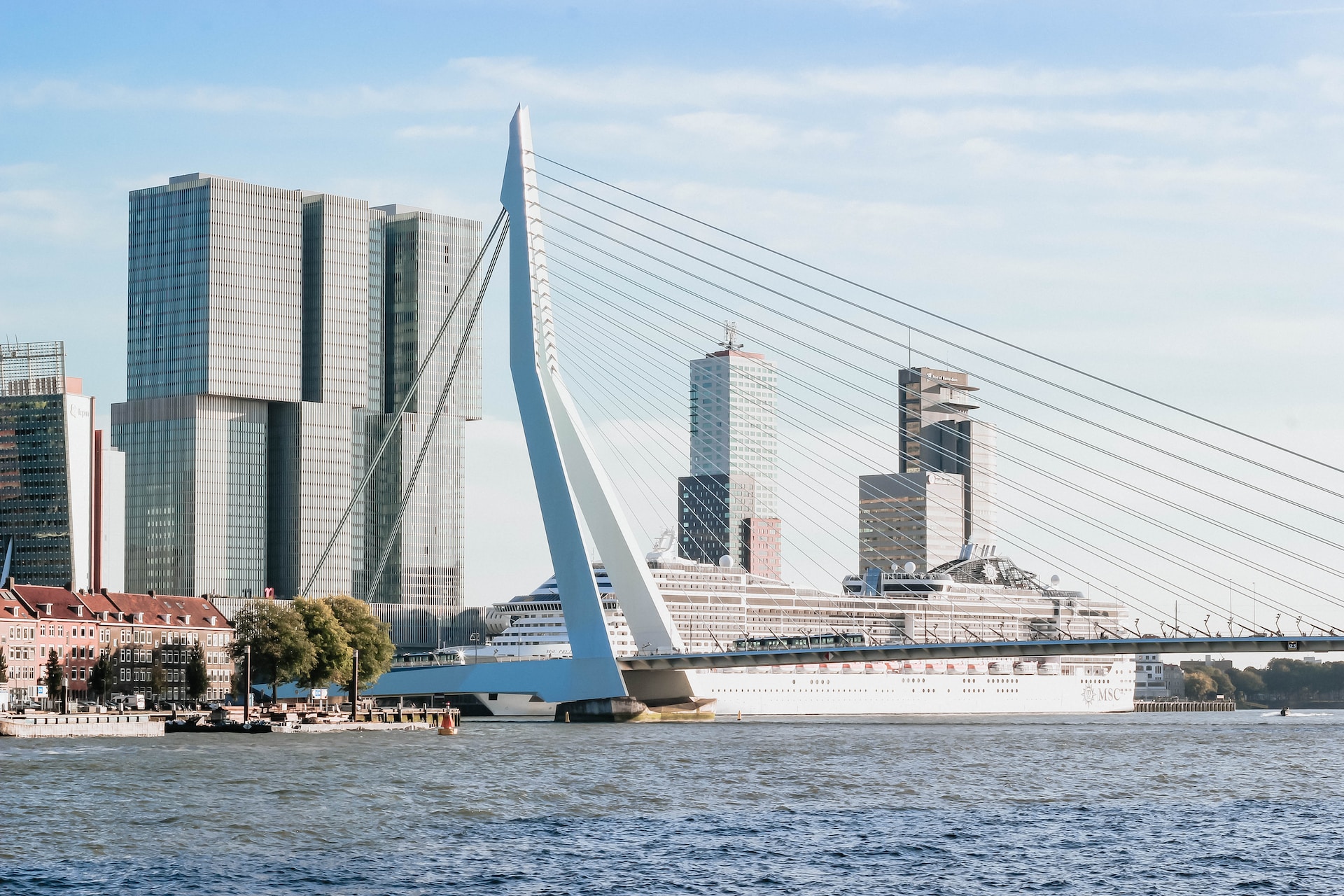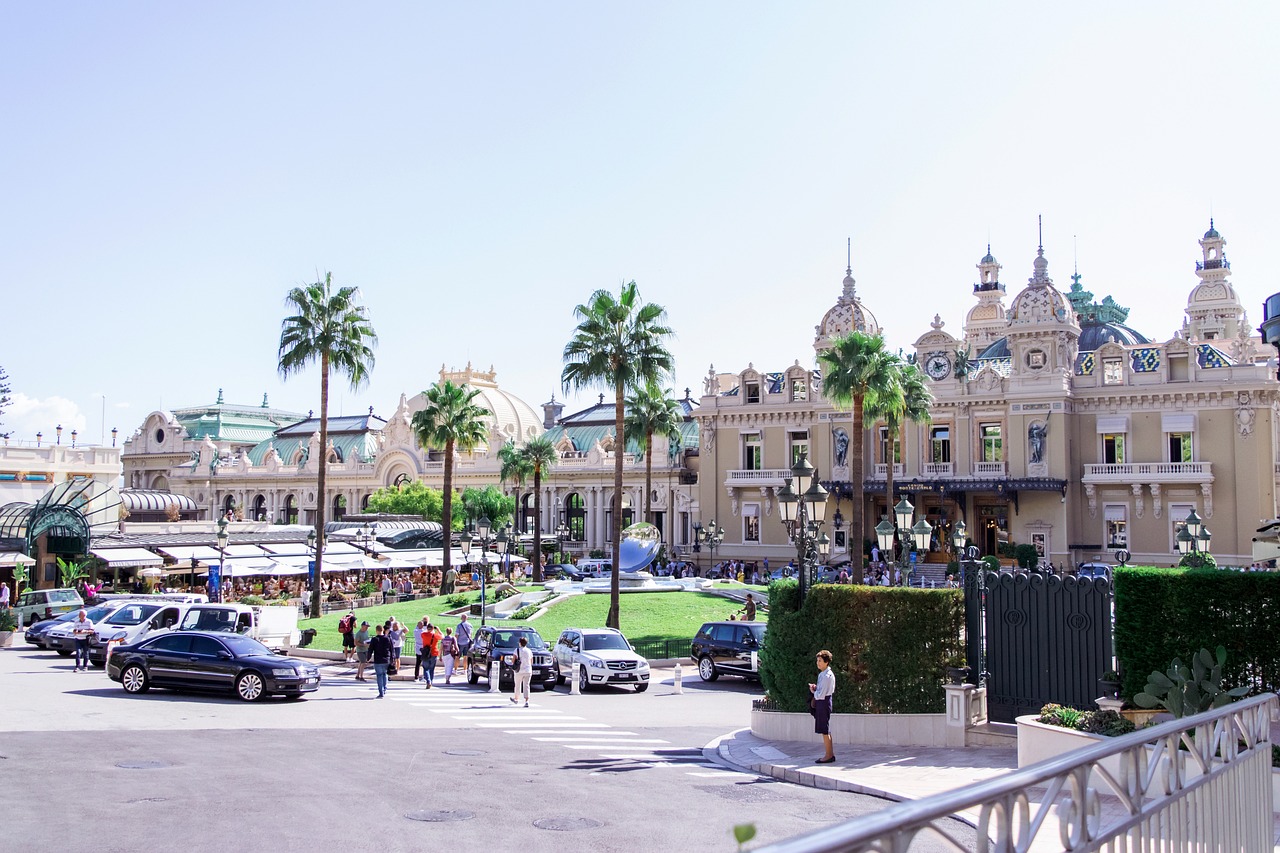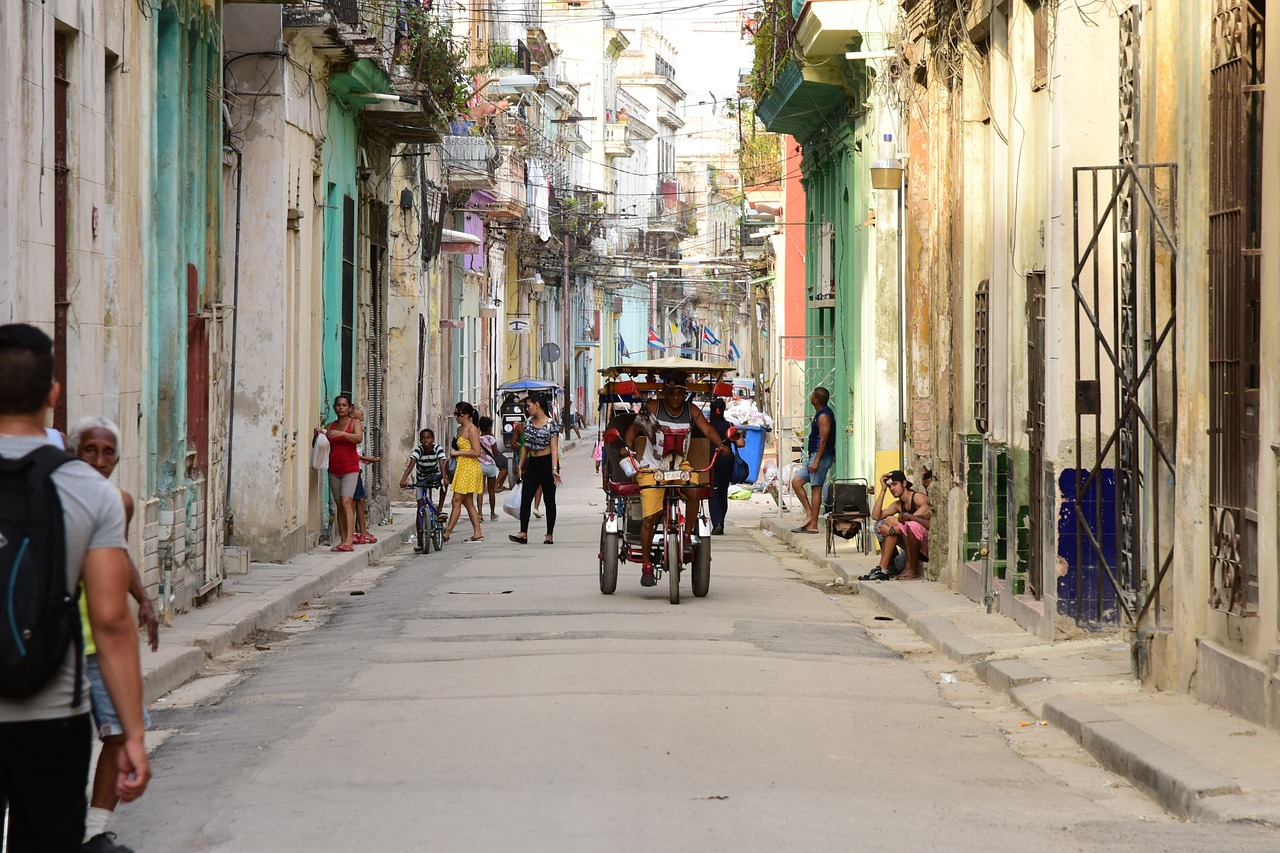Great Britain, a diverse and culturally rich island, is a must-visit destination for any traveler. To make the most of your trip, it is essential to know the best time to visit. In this comprehensive guide, we will explore the various factors that make certain times of the year more suitable for exploring this magnificent region.
Section 1: Seasons in Great Britain
1.1 Spring (March-May)
During spring, the landscape in Great Britain transforms into a colorful canvas, with blooming flowers and lush greenery. This season offers mild temperatures, fewer tourists, and longer daylight hours, making it an ideal time for exploring the countryside and city parks. Some notable events during spring include the Oxford-Cambridge Boat Race, Chelsea Flower Show, and May Day celebrations.
1.2 Summer (June-August)
Summer is the peak tourist season in Great Britain, with warmer temperatures and numerous events and festivals, such as Wimbledon, Glastonbury, and the Edinburgh Festival. It is also the perfect time for beach holidays and outdoor activities. However, be prepared for larger crowds and higher prices for accommodations and attractions.
1.3 Autumn (September-November)
Autumn brings cooler temperatures and stunning foliage, making it a great time to visit Great Britain’s national parks and countryside. The changing colors of the leaves create a picturesque backdrop for sightseeing and photography. Some popular events during this time include the London Film Festival, Guy Fawkes Night, and the Great North Run.
1.4 Winter (December-February)
Winter in Great Britain can be cold, wet, and sometimes snowy, but it also offers unique experiences, such as Christmas markets, festive lights, and ice skating rinks. This is the least crowded time of year, with lower prices on accommodations and attractions. However, be prepared for shorter daylight hours and potential travel disruptions due to weather.
Section 2: Regional Considerations
2.1 England
England has a temperate maritime climate, with mild temperatures and rainfall throughout the year. Southern England tends to be warmer and drier, making it a popular summer destination. The best time to visit London and other major cities is during spring or autumn when the weather is mild, and there are fewer tourists. The Lake District and other national parks are best explored in late spring or early autumn, when the weather is favorable, and the landscapes are at their most picturesque.
2.2 Scotland
Scotland has a more unpredictable climate, with cooler temperatures and more rainfall than the rest of Great Britain. The best time to visit Scotland is during the summer months, when the weather is generally warmer and drier, and daylight hours are longest. This is also the time for the famous Edinburgh Festival and Highland Games. Spring and autumn can also be a good time to explore Scotland’s scenic landscapes, including the Scottish Highlands and the Isle of Skye, as long as you are prepared for varying weather conditions.
2.3 Wales
Wales experiences a temperate climate similar to England, with mild temperatures and rainfall throughout the year. The best time to visit Wales is during the summer months, when the weather is warmer and drier, and popular events such as the Royal Welsh Show and the National Eisteddfod take place. Spring and autumn are also good times to visit, especially for exploring the beautiful national parks, such as Snowdonia and the Brecon Beacons.
Section 3: Events and Festivals
Great Britain hosts numerous events and festivals throughout the year, catering to a variety of interests. Some of the most popular events include:
3.1 Music Festivals
Glastonbury
Festival (June)
Glastonbury Festival, held in Somerset, is one of the most famous music festivals in the world. It attracts some of the biggest names in the music industry and features a wide range of genres, including rock, pop, folk, and electronic music. Attending Glastonbury is a unique experience, with its iconic Pyramid Stage, diverse lineup, and vibrant atmosphere.
3.2 Cultural Festivals
Edinburgh Festival (August)
The Edinburgh Festival is actually a collection of various festivals that take place in the city throughout August. It includes the Edinburgh International Festival, the Edinburgh Festival Fringe, the Edinburgh International Book Festival, and the Royal Edinburgh Military Tattoo. These events showcase theater, dance, music, literature, and visual arts from around the world, making it a cultural extravaganza not to be missed.
3.3 Sporting Events
Wimbledon (June-July)
Wimbledon, held in London, is the oldest and most prestigious tennis tournament in the world. It is one of the four Grand Slam events and has a long-standing tradition, with players required to wear all-white clothing and matches played on grass courts. Attending Wimbledon is a quintessential British experience, complete with strawberries and cream, Pimm’s, and enthusiastic spectators.
3.4 Food and Drink Festivals
Taste of London (June)
Taste of London is a food lover’s paradise, showcasing the best of the city’s culinary scene in one location. Held in Regent’s Park, this event offers visitors the chance to sample dishes from some of London’s top restaurants, attend cooking demonstrations, and meet celebrity chefs. It is a must-visit for foodies and gastronomy enthusiasts.
Section 4: Weather and Climate
4.1 Temperature
When planning your trip to Great Britain, it is essential to consider the average temperatures during different times of the year. Summer months (June-August) offer the warmest temperatures, with highs ranging between 18°C to 25°C (64°F to 77°F). Spring and autumn are generally mild, with average temperatures between 10°C to 17°C (50°F to 63°F). Winter months (December-February) are the coldest, with average temperatures between 2°C to 8°C (36°F to 46°F).
4.2 Rainfall
Great Britain is known for its unpredictable weather and frequent rainfall. However, some months experience less precipitation than others. The driest months are generally April, May, and September, while the wettest months are October, November, and December. It is always a good idea to pack a waterproof jacket and umbrella, regardless of the time of year.
4.3 Daylight Hours
Daylight hours vary significantly throughout the year in Great Britain. During the summer months, the days are long, with sunrise as early as 4:30 am and sunset as late as 10:00 pm. This offers ample time for outdoor activities and sightseeing. In contrast, winter days are much shorter, with sunrise around 8:00 am and sunset around 4:00 pm, which can limit the time available for exploration.
Conclusion
The best time to visit Great Britain largely depends on your personal preferences, interests, and travel priorities. Whether you are drawn to the vibrant festivals of summer, the picturesque landscapes of spring and autumn, or the festive atmosphere of winter, Great Britain offers unique and unforgettable experiences throughout the year.














